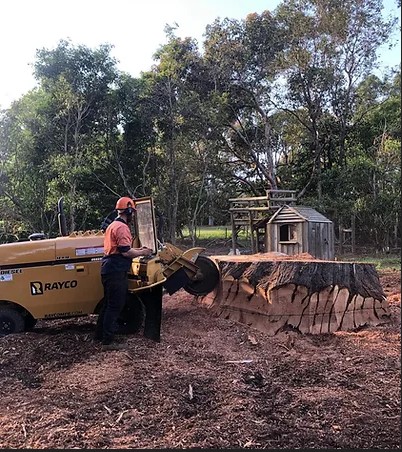Trees are essential to our ecosystem and require proper care and maintenance.
There are several reasons why it’s best to remove dead trees, and it’s essential to act quickly. Not only can it save you money, but it can also prevent significant damage to your property and keep your family safe. Here are some benefits and safety precautions to consider removing dead trees or fallen tree removal.
Benefits of Removing Dead Trees
Prevents Property Damage
As trees begin to decay and decompose, their roots can pull up, causing the tree to fall. Falling trees can damage your house, kill other trees, or even injure your family. Dragging a dead tree before it drops is essential for preventing potential property damage.
Reduces Liability
Dead tree branches are hazardous and can fall anytime, posing a risk to passersby and nearby properties. However, identifying and removing weak units can reduce the likelihood of damage and potential lawsuits.
Prevents the Spread of Disease
Dead trees that have died from disease can pass the illness to other plants in your yard. Tree diseases, such as powdery mildews, can be challenging to contain once they spread. Removing a dead tree can prevent the disease from spreading to your landscape, potentially saving your other plants.

Enhances Property Aesthetics
A dead tree can detract from your property’s appearance and significantly impact your home’s curb appeal. On the other hand, removing the rotting tree can enhance your lawn’s appearance and make it look more beautiful.
Eliminates Pest Infestations
Dead trees can attract pests, including rats and termites. However, these pests can migrate from the decaying tree to your home’s foundation, leading to severe infestations. Removing the tree can eliminate potential homes for problems and prevent your home from getting infested.
Safety Precautions to Consider
Removing a dead tree can be dangerous and requires proper precautions. It’s best to leave the task to professional arborists with the necessary equipment and expertise. Here are some safety precautions to consider when removing a dead tree:
Assess the Tree
Before removing a dead tree, assess its condition to determine the best way to remove it. In addition, professional arborists can evaluate the tree’s structural integrity and recommend the safest removal method.
Wear Protective Gear
It’s essential to wear protective gear, including gloves, hard hats, eye protection, and appropriate footwear, to prevent injuries while removing the tree.
Use Proper Equipment
Removing a dead tree requires specialized equipment, including chainsaws, ropes, and safety harnesses. It’s crucial to use proper equipment to ensure the safety of the crew and bystanders.
Hire Professional Arborists
However, removing a dead tree is a dangerous job that requires professional arborists. Professional tree care companies have the experience, training, and equipment to remove dead trees safely.
FAQ
What Happens When a Tree Dies?
New life springs when a tree dies naturally or falls due to extreme weather events. Fungi communities flourish on dead wood, salamanders create breeding grounds, and saplings grow on the nutrient-rich bark. Unfortunately, it can take up to 100 years or more for wood to decompose, depending on the species and forest type.
Why is it essential to remove a fallen tree?
Dead trees can fall anytime, causing significant damage or injury to your family and property.
Can a fallen tree be a safety hazard?
A fallen tree can be a safety hazard, especially during a storm or high winds.
What are the risks of leaving a dead tree on my property?
Dead trees can attract pests, spread disease, and decrease the curb appeal of your property.
How can I identify a dead or decaying tree?
Some signs of a dead or decaying tree include brittle branches, peeling bark, and mushroom growth on the trunk.
Can I remove a fallen tree by myself?
Removing a fallen tree yourself is not recommended, as it can be dangerous. Instead, it is best to hire a professional tree removal service.
Will my insurance cover the cost of fallen tree removal?
Some homeowner’s insurance policies cover the cost of fallen tree removal if it poses a safety risk to your or your neighbour’s property. Check your policy to see if you are covered.
How can removing a dead tree benefit my property?
Removing a dead tree can improve the curb appeal of your property, prevent the spread of disease to other plants, and protect your home from pest infestations.
What should I do if a tree falls on my property?
If a tree falls on your property, it is essential to prioritize your safety and that of others. Call a professional tree removal service to assess the damage and remove the tree safely.
What is the cost of fallen tree removal?
The cost of fallen tree removal can vary depending on the size of the tree, location, and difficulty of the job. Therefore, getting a quote from a professional tree removal service is best.
Conclusion
Dead trees can be hazardous to your property and family, making it crucial to remove them promptly. Removing a dead tree can prevent property damage, reduce liability, prevent the spread of disease, enhance property aesthetics, and eliminate pest infestations. However, removing a dead tree requires proper safety precautions and should be left to professional arborists. Tree Images provides expert tree care services to keep your trees healthy and your property safe.






